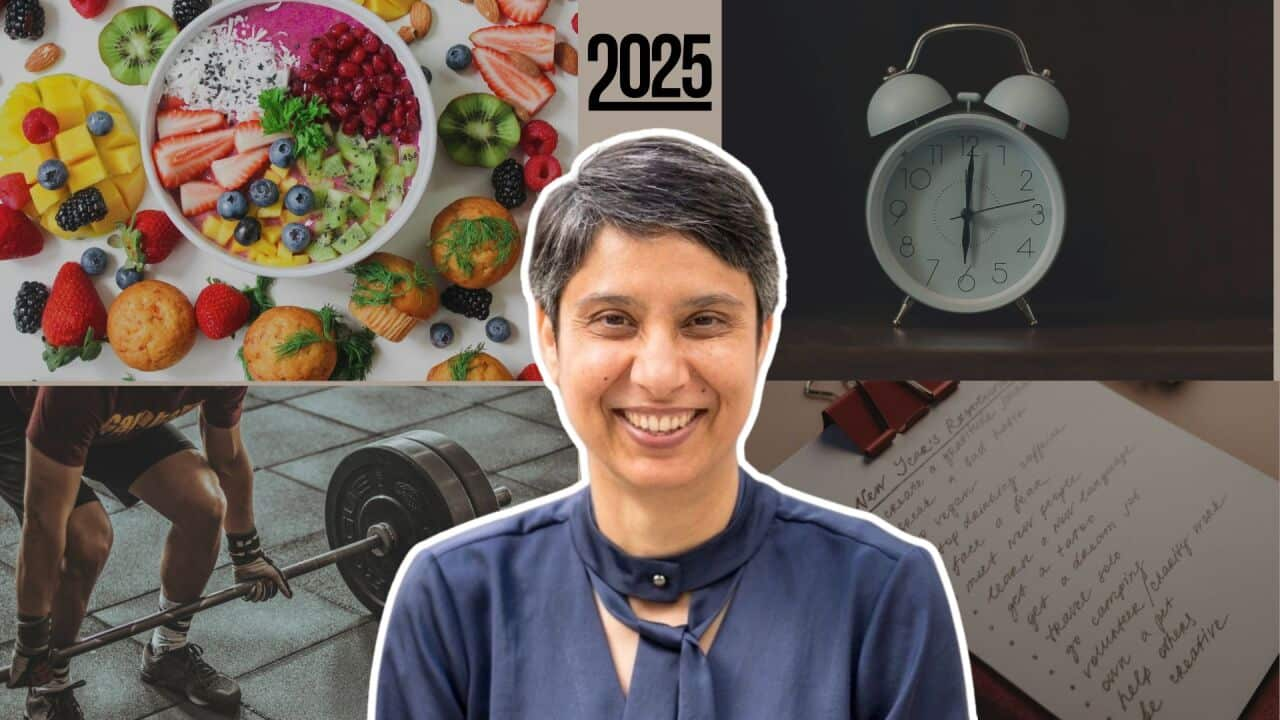Congested roads. Public transport pains. A shortage of schools and hospitals. High housing prices.
They have combined to make Australia’s major cities less livable than they once were.
But asked whether slashing migration is the solution, Australian Chamber of Commerce and Industry chief executive James Pearson says migration is “part of Australia’s DNA.”
“We don’t solve congestion by cutting back on migration, not when migration is delivering Australia - all Australians - such powerful economic and social benefits. We’ve seen governments make it even harder for employers, both government and private sector, to bring in temporary migrants. And we’ve seen a debate that has added fuel to anti-migration sentiment,” he said.
Two separate reports released this week, one by the Chamber and the other by Infrastructure Australia, have pinned the failures to deal with population growth on poor government planning rather than immigration.
The executive director of policy and research at Infrastructure Australia, Peter Colacino, explains.
“Poor planning is the first step in seeing a misalignment between population levels and infrastructure delivery. We need to make sure the planning system gives regard to the type of communities that people would like to live in and that we prioritise investment in the services and infrastructure they value the most,” says Mr Colacino.
Some state and territory leaders support Prime Minister Scott Morrison’s plan to reduce the refugee intake, currently capped at 190,000 a year, to 160,000.
Others are strongly opposed, demanding greater investment in infrastructure instead.
Former prime minister John Howard backs the Prime Minister’s position.
“We’ve surely got to have enough maturity as a country to be able to debate the size of the immigration program without even a suggestion that people who want to cut it are motivated by racism. That is ludicrous, ridiculous,” says the former PM.
But Peter Colacino is calling for an overhaul of planning policies across the three levels of government, tailored to match the specific needs of growing communities.
“We need to have good plans to ensure the increasing population is matched by investment in infrastructure and services to keep cities livable. And that means more than just transport, more than roads and rail,” he says.
University of Melbourne demographer Peter McDonald is calling for the current government policy prioritising young, skilled migrants to continue.
Professor McDonald says it changes the age structure of the population and has many benefits.
“It certainly adds to the size of the economy. What’s more important, though, is that migration contributes to GDP per capita. It increases the standard of living of everybody,” Mr McDonald says.
And as Australia’s population ticks past 25 million people, there are renewed calls to send more migrants to regional cities to help a skilled-labour shortage in the countryside.







